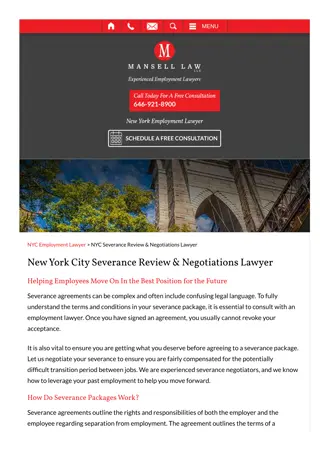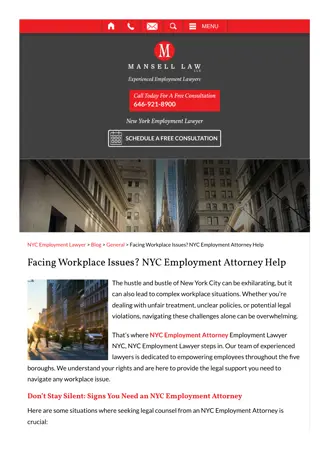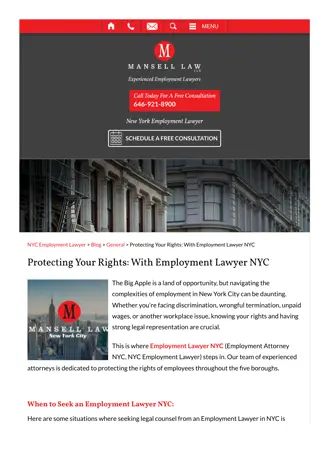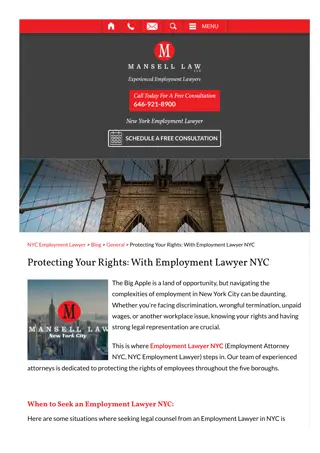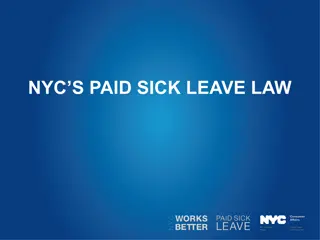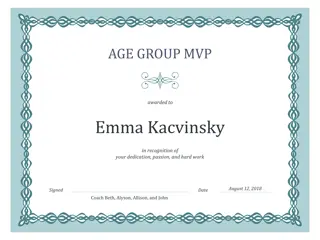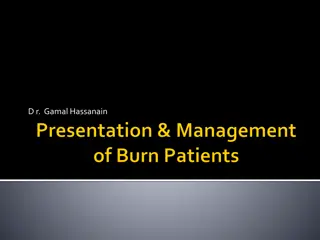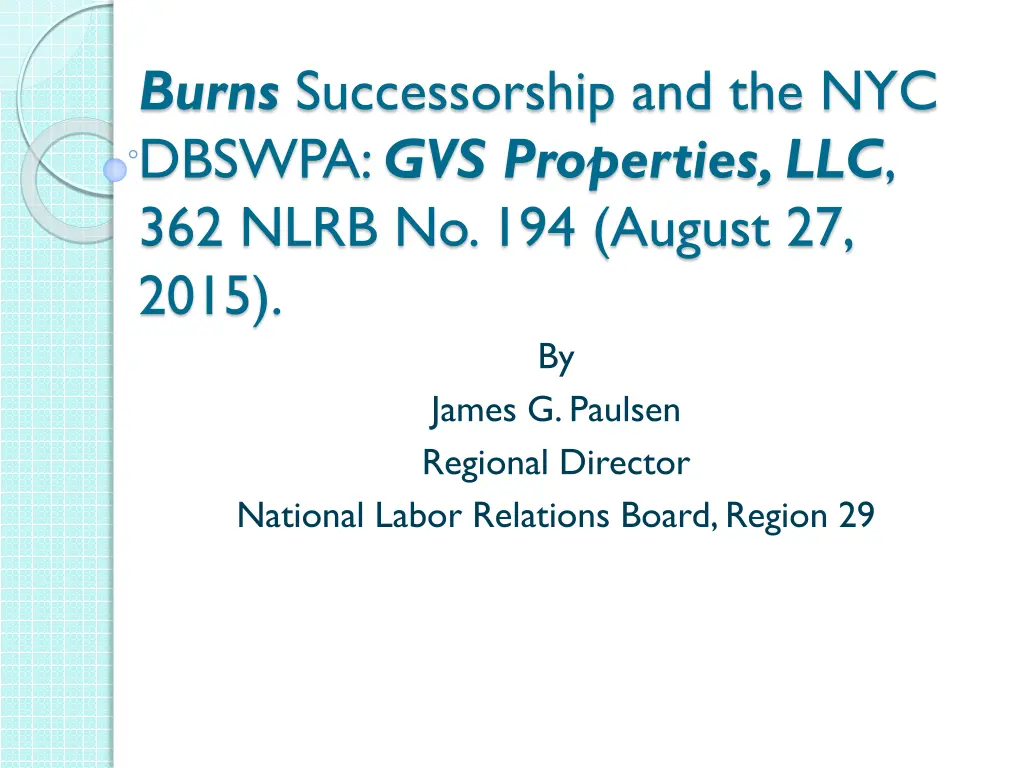
Burns Successorship and NYC DBSWPA Case Analysis
Explore the case of GVS Properties, LLC, 362 NLRB No. 194 (August 27, 2015) involving successorship under Burns International Security Services and the NYC Displaced Building Service Workers Protection Act. Learn how the employer violated labor laws by refusing to recognize and bargain with the predecessor union, leading to legal implications and decisions by the National Labor Relations Board (NLRB).
Download Presentation

Please find below an Image/Link to download the presentation.
The content on the website is provided AS IS for your information and personal use only. It may not be sold, licensed, or shared on other websites without obtaining consent from the author. If you encounter any issues during the download, it is possible that the publisher has removed the file from their server.
You are allowed to download the files provided on this website for personal or commercial use, subject to the condition that they are used lawfully. All files are the property of their respective owners.
The content on the website is provided AS IS for your information and personal use only. It may not be sold, licensed, or shared on other websites without obtaining consent from the author.
E N D
Presentation Transcript
Burns Successorship and the NYC DBSWPA: GVS Properties, LLC, 362 NLRB No. 194 (August 27, 2015). By James G. Paulsen Regional Director National Labor Relations Board, Region 29
GVS Properties, 362 NLRB No. 194 In GVS Properties, LLC, 362 NLRB No. 194 (August 27, 2015), the Board found that an employer violated Section 8(a)(5) by refusing to recognize and bargaining with the predecessor union because it was a Burns (NLRB v. Burns International Security Services, 406 U.S. 272 (1972)) successor employer when it purchased a building and retained all of the predecessor s work force, even though it was required to do so by NYC Displaced Building Service Workers Protection Act (DBSWPA).
GVS Properties, 362 NLRB No. 194 In February 2012, Respondent purchased several properties that had been managed by Vantage Building Services. Since 2011, the employees of Vantage at these buildings had been represented by Aerospace Workers, AFL-CIO, District Lodge 15, Local Lodge 447 (the Union). On the day of the purchase, Respondent informed the employees that it was taking over the buildings and would self-manage them. The letter informed employees that Respondent was setting new terms and conditions of employment and offered them employment on a trial basis for 90 days.
GVS Properties, 362 NLRB No. 194 Respondent then hired seven of the eight unit employees. The NYC DBSWPA provides that a successor employer shall retain building service workers for 90 day transition period and employees will not be discharged without cause. The Union requested bargaining and the Respondent refused saying the request was premature because the employees were temporary. At the end of the probationary period, the Respondent discharged three unit employees and hired four new employees.
GVS Properties, 362 NLRB No. 194 The Majority of the Board (Chairman Pearce and Member Hirozawa) agreed with the ALJ that Respondent became a Burns successor with an obligation to recognize and bargain with the Union when it assumed control over the predecessor s business and hired the predecessor s employees. Id. at 3 The Board stated: Respondent made the conscious decision required by Burns and Fall River [Fall River Dyeing & Finishing Corp v. NLRB, 482 U.S. 27 (1987)] when it purchased the buildings and took over the predecessor s business with actual or constructive knowledge of the requirements of the DBSWPA. Id. at 3
GVS Properties, 362 NLRB No. 194 The majority rejected the view that the successorship determination should be delayed for 90 days because it fails to take into account the significant interest of employees in being represented as soon as possible. Id. at 4 The Board noted that it had long held that the successorship determination is not affected by the temporary or probationary status of the predecessor s employees in the successor s work force. . . . Id. at 4
GVS Properties, 362 NLRB No. 194 Our finding that Burns successorship obligation may arise before the expiration of a mandatory retention period is consistent with our case law under which Burns successorship is determined based on the nature of the successor s business and the composition of the successor s work force. Id. at 7
GVS Properties, 362 NLRB No. 194 Member Johnson in dissent concluded that the Burns successorship should not be evaluated until after the statutorily mandated retention period has run. Id. at 8. The dissent also wrote: My colleagues decision today impermissibly gives state and local jurisdiction control of the determination of successor obligations under Federal Law. By giving conclusive effect to state and local mandatory job retention laws, they actually threaten the abnegation of such laws under Federal preemption doctrine. Id. at 10.

